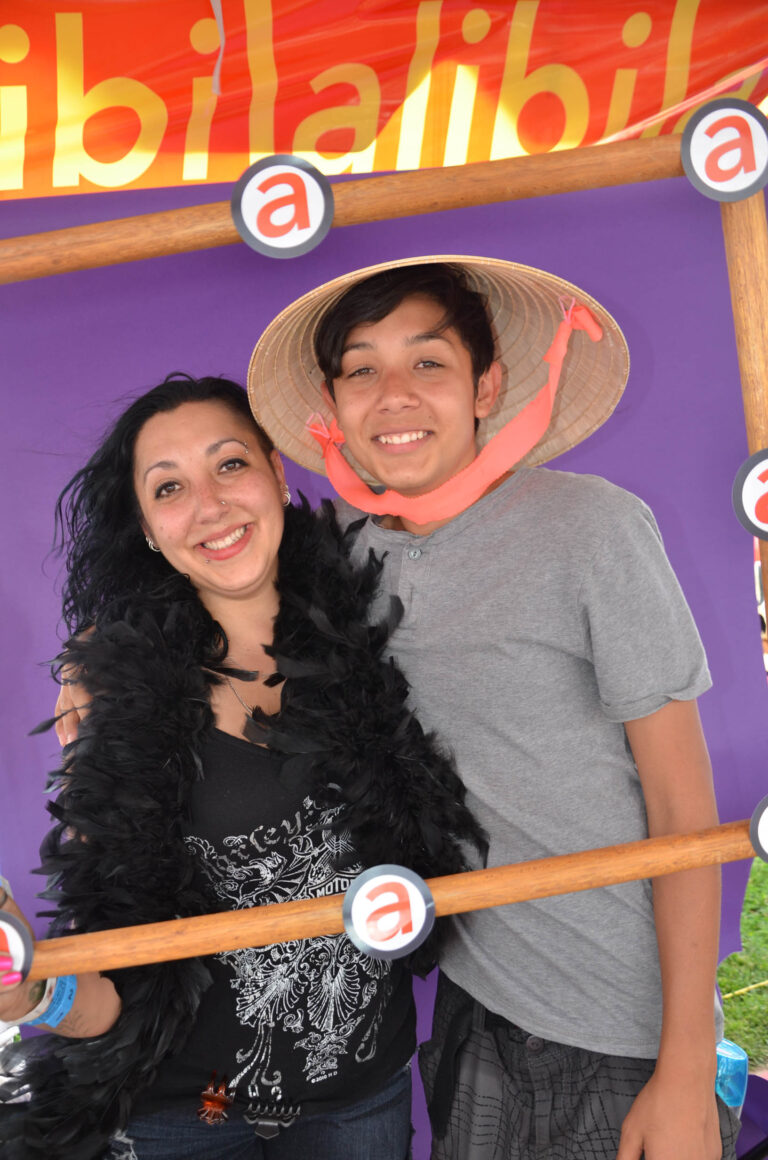The email states: “At this point we know that the Iraqi elections were not nearly the success trumpeted in the first days, particularly in the Sunni areas. US print and broadcast media simply transmitted the message prepared by the White House and Larry DiRita in the Pentagon, without asking serious questions. Now it appears that message was wrong and probably known to be wrong when given. One wonders when the US media are going to correct the mistaken message they sent on election day and the day after. The New York Times is a good study on this-they’ve done the best work of US print majors, I think. Dexter Filkins in particular has pierced through a series of misrepresentations, and the work has gotten reasonably prominent display. Still, Times readers are more likely to have had their views shaped by the reports of election days, and only those who have followed very attentively will know better. The rest of the press lags way behind.”
Here are a few graphs from Mitchell's piece and the link to the complete article.
http://www.alternet.org/mediaculture/21180/
“Everyone, of course, is thrilled that so many Iraqis turned out to vote, in the face of threats and intimidation, on Sunday. But in hailing, and at times gushing, over the turnout, has the American media (as it did two years ago in the hyping of Saddam’s WMDs) forgotten core journalistic principles in regard to fact-checking and weighing partisan assertions? It appears so. For days, the press repeated, as gospel, assertions offered by an election official that 8 million Iraqis went to the polls on Sunday, an impressive 57% turnout rate. I questioned those figures as early as last Sunday, and offered the detailed analysis below on Wednesday. Finally, on Thursday night, John F. Burns and Dexter Filkins of The New York Times reported that Iraqi election officials have quietly “backtracked, saying that the 8 million estimate had been reached hastily on the basis of telephone reports from polling stations across the country and that the figure could change.”
Then, in Friday’s paper, Burns and Filkins noted that one election commision official was “evasive about the turnout, implying it might end up significantly lower than the initial estimate.” They quoted this official, Safwat Radhid, exclaiming: “Only God Almighty knows the final turnout now.” They revealed that the announcement of a turnout number, expected to be released this weekend, has been put off for a week, due to the “complex” tabulation system.
I’ll be delighted if that figure, when it is officially announced, exceeds the dubious numbers already enshrined by much of the media. But don’t be surprised if it falls a bit short. The point is: Nobody knows, and reporters and pundits should have never acted like they did know when they stated, flatly, that 8 million Iraqis voted and that this represents a turnout rate of about 57%.
Carl Bialik, who writes the Numbers Guy column for Wall Street Journal Online, calls this “a great question … how the journalists can know these numbers – when so many of them aren’t able to venture out all over that country.” Speaking to E&P on Wednesday, Howard Kurtz of The Washington Post – one of the few mainstream journalists to raise questions about the turnout percentage – referred to the “fuzzy math” at the heart of it.
Those with long memories may recall the downward-adjusted turnout numbers that followed violence-plagued elections in South Vietnam in 1967 and in El Salvador in 1984.
And one thing we now know for sure: the early media blather about a “strong” Sunni turnout has proven false. Adding a dose of reality, The Associated Press on Wednesday cited a Western diplomat who declared that turnout appeared to have been “quite low” in Iraq’s vast Anbar province. Meanwhile, Carlos Valenzuela, the chief United Nations elections expert in Iraq, cautioned that forecasts for the Sunni areas were so low to begin with that even a higher-than-expected turnout would remain low.
In a rare reference to an actual vote tabulation, The New York Times on Thursday reports that in the “diverse” city of Mosul, with 60% of the count completed, the overall turnout seems slightly above 10%, or “somewhat more than 50,000 of Mosul’s 500,000 estimated eligible voters.”
This, of course, is no minor matter: Iraq’s leading Sunni Muslim clerics said Wednesday that the country’s election lacked legitimacy because large numbers of Sunnis did not participate in the balloting. Sure, many of them are simply sore losers (they lost an entire country) but that doesn’t make their reaction any less troublesome for Iraq’s future, especially with the cleric-backed Shiite alliance apparently headed for a landslide win.
As for the overall Iraqi turnout: the more the better, but why is the press so confident in the estimates from an Iraqi commission with a clear stake in a high number?
For several days now, the press has routinely referred to the figure of 8 million Iraqi voters, following the lead of Farid Ayar, the spokesman for the Independent Electoral Commission for Iraq. In the original press citations, what Ayar actually said (hedging his bets) was “as many as 8 million,” which most in the media quickly translated as “about 8 million,” and then, inevitably, “8 million.””



